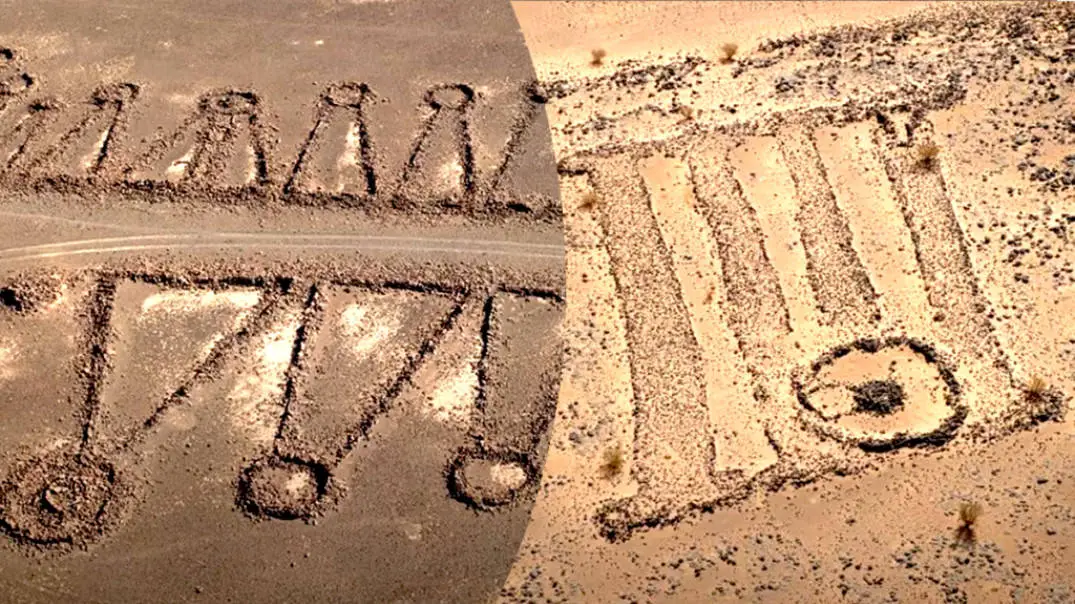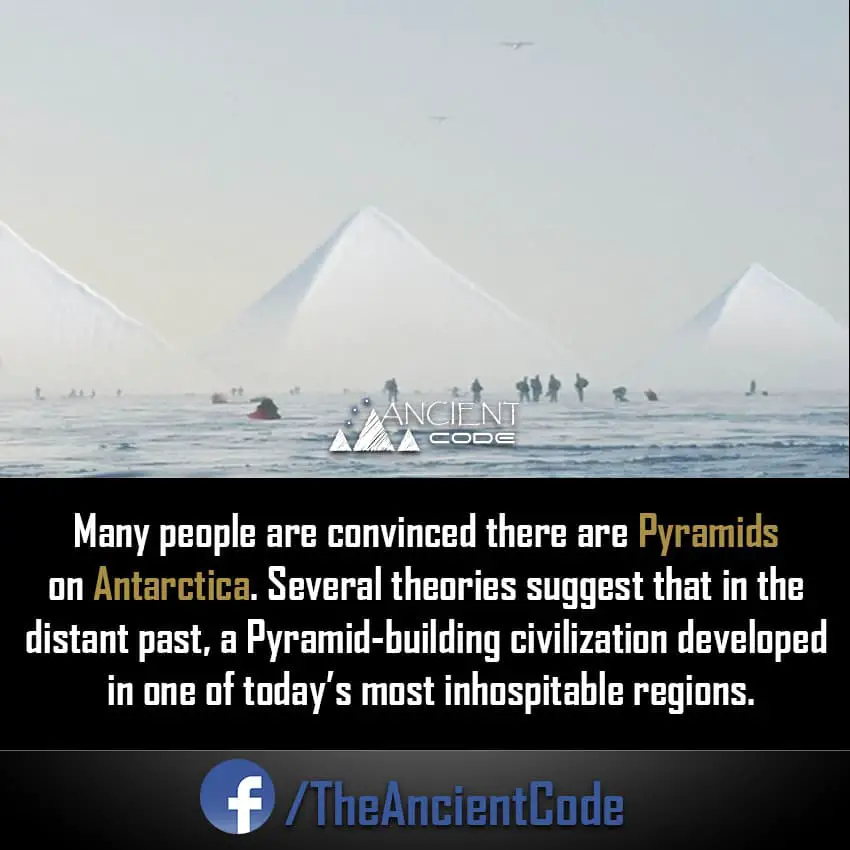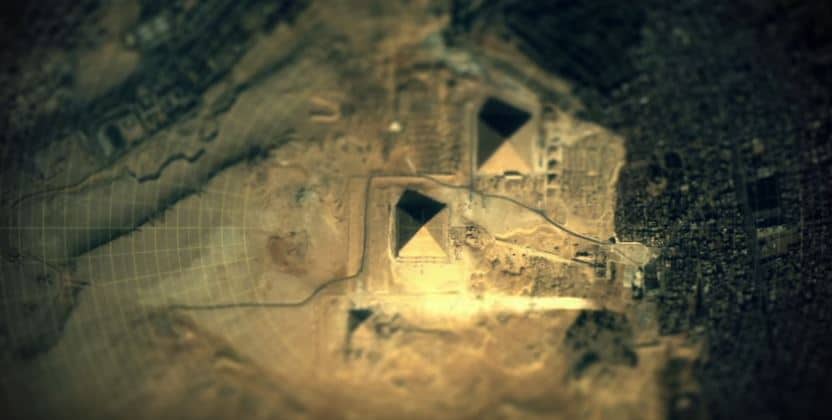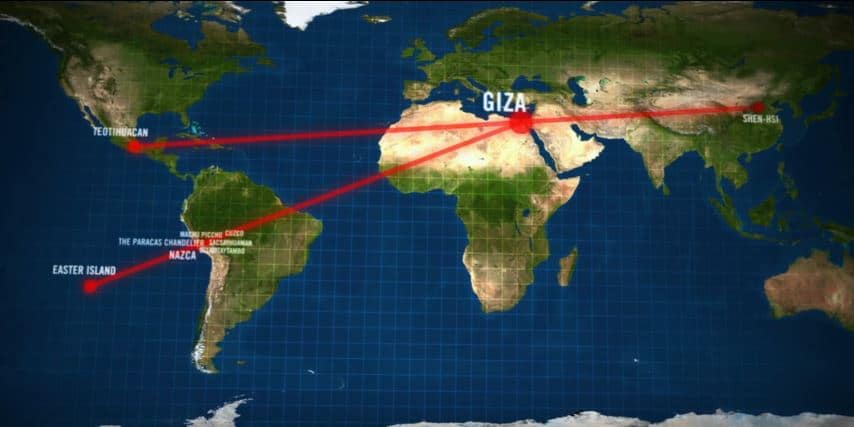

Over a thousand “mustatils,” ancient rock formations in Saudi Arabia, are now the earliest ritual landscape structures ever identified. Researchers date them around 7,000 years old. Thus, they may be over 2,000 years older than Stonehenge or the oldest Egyptian pyramids. Three years ago, the researchers announced discovering 400 mustatils but now we know there are hundreds more.
Although it’s not certain, they suggest that a Neolithic cattle cult sacrificed animals inside the formations. Possibly, the cult dedicated an offering to a deity associated with cattle. However, the god or gods in question are unknown.
Rock art in the area showed depicted cattle hunting and herding. The artwork provides some context at a time when writing wasn’t yet invented. About 900 years later, archaeological evidence of a cattle cult in the south of Arabia has been found, say the researchers.
Mustatils Located with Google Earth
In northwest Saudi Arabia, mustatils are widespread and numerous, scattered over 77,000 square miles. However, we’re only now finding out after an aerial survey funded by the government. According to LiveScience, Google Earth, and aerial imaging helped in the discoveries.
“These structures can now be interpreted as ritual installations dating back to the late sixth millennium B.C., with recent excavations revealing the earliest evidence for [a] cattle cult in the Arabian Peninsula,” a team of researchers wrote in a paper published April 30 in the journal Antiquity.
Mustatil translates to “rectangle” in Arabic, but some mustatils also incorporate circles. Others look like a capital letter I with stones built up at each end.
Possibly, some circular shapes were built later than the rectangular walls in some cases. Previously, researchers reported finding “kites” used to hunt animals built over the older gate structures.
Notably, some mustatil groupings look like rows of keyholes with a circle at one end and a widening quadrilateral shape. (see video below)
In some cases, a niche at the “head” of the mustatil was created of larger stones. Inside this niche chamber, ancient animal bones have been found in at least one case.
Rather than belonging only to cattle, the bones come from cattle, sheep, goats, and gazelle. Therefore, finding such animals in the now arid desert suggests it used to be a more lush, hospitable place.
See the video by LiveScience below:
Long, Narrow, Short Gates
At first glance, one wonders if these structures were designed to be seen from the air, like the Nazca Lines in Peru.
Since the walls are under 1.6 feet tall, it’s unlikely they served as cattle pens. However, archaeologists call them “gates,” and they can be 1,500 feet long, over four times the length of an NFL football field. (360 feet)
In just one mustatil, the researchers estimated ancient people moved over 12,000 tons of basalt stone. By their estimates, it would take dozens of people months to complete just one structure.
For some reason, the ancient people grouped the mustatils in some places, perhaps only using them once. In some cases, the structures are in prominent locations, while others they seem almost hidden.
Recommended: This Ancient Egyptian Labyrinth is home to 24 megalithic, highly-polished boxes that weigh 100 tons
Orthostat Standing Stones
In some examples, an upright orthostat stone is found in the central chamber.
” Archaeological work indicates that some of the mustatils had a chamber in the center made of stone walls surrounding an open area with a standing stone in the center,” reported LiveScience.
Thus, the mustatils contain some of the oldest ritual standing stones in the world.
Given the long, narrow formations, researchers suspect that people walked along the narrow entrance in a single file to the head, where they offered the sacrifice, similar to worldwide ancient standing stones.
Recommended: The Lady of the Stars, goddess of love, music, and drunkenness who nearly wiped out the human race
Created on Volcanoes
Strangely, some mustatils are found on the slopes of volcanoes in the Harret Khaybar region. Although such sites are barren today, it’s possible the area was more vegetated thousands of years ago.
In some instances, lava flows covered some of the gates, suggesting they predated the flows. Whatever the case, it’s all very mysterious.
“We are not quite sure why they were constructed on volcanoes,” said the study director, Hugh Thomas. “Perhaps, by placing some of these structures on prominent landscape features like volcanoes, they may have been used as landscape markers or perhaps territorial markers denoting pastoral grazing areas for specific groups,” Thomas said.
Hopefully, further study will reveal more details about why ancient people created so many mustatils. Who knows what else will be discovered by pouring over images from Google Earth?
For more work by this author, follow The Gamut.
See more about the mustatils via PatrynWorldLatestNews:
Featured image: Screenshots via YouTube





